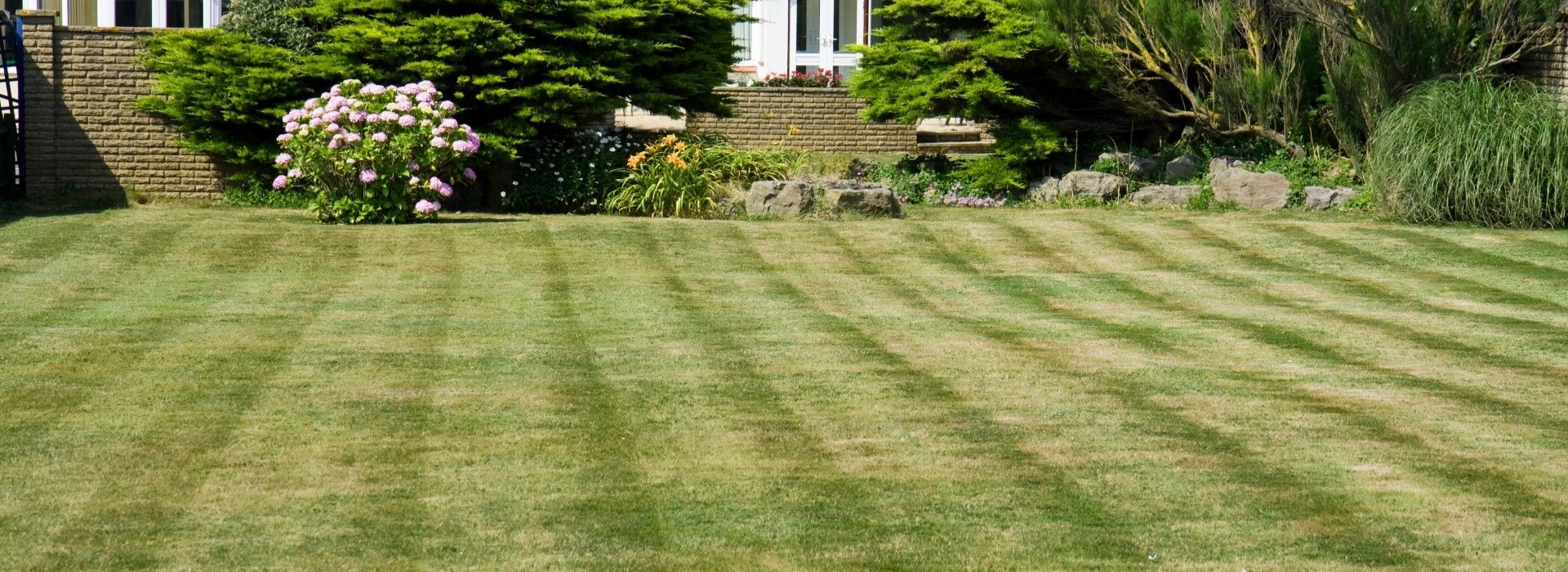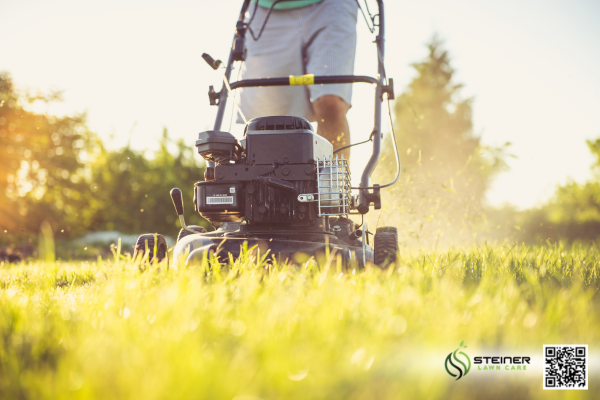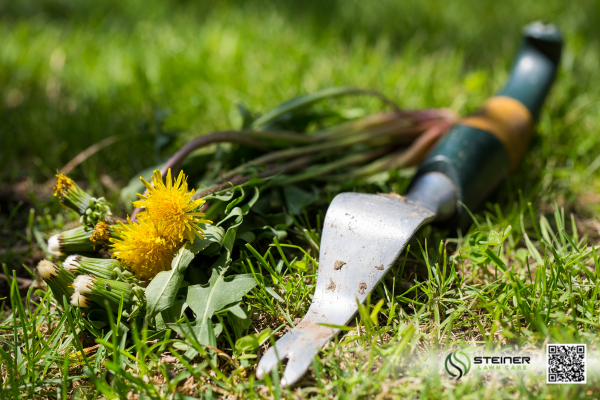
After months of cold weather, your lawn may be covered in thatch and dead grass. Clearing out this debris allows sunlight, water, and nutrients to reach the soil.
Use a rake or dethatcher to break up compacted thatch and remove dead grass. This improves airflow and encourages new growth.
Aeration loosens compacted soil, allowing roots to access water and oxygen. Overseeding fills in any thin or bare patches, making your lawn denser and more resilient.
Use a core aerator for best results. Choose a high-quality seed mix suited for your climate to achieve lush, even growth.
Fertilizing in April gives your grass the nutrients it needs to grow thick and green. A slow-release fertilizer ensures steady feeding over several weeks.
Look for a balanced fertilizer containing nitrogen, phosphorus, and potassium to promote strong roots and vibrant color.

Mowing too short can weaken your lawn, while leaving it too long can invite pests. The ideal mowing height is 2.5 to 3 inches, which helps shade out weeds and retain moisture.
Never remove more than one-third of the grass blade in a single mowing session. Keep mower blades sharp for a clean cut.
Proper watering is essential for deep root growth. Instead of frequent shallow watering, aim for deep watering twice a week to encourage stronger roots.
Water early in the morning to reduce evaporation and allow roots to absorb moisture before the sun gets too hot.

Weeds like crabgrass and dandelions can quickly take over your lawn if left unchecked. Applying a pre-emergent herbicide in early spring prevents weed seeds from sprouting.
Use a selective herbicide that targets weeds without harming your grass. Manual removal is also effective for isolated weeds.
By following this April lawn care checklist, you’ll set your yard up for success all season long. A little effort now means a lush, green lawn for months to come.
